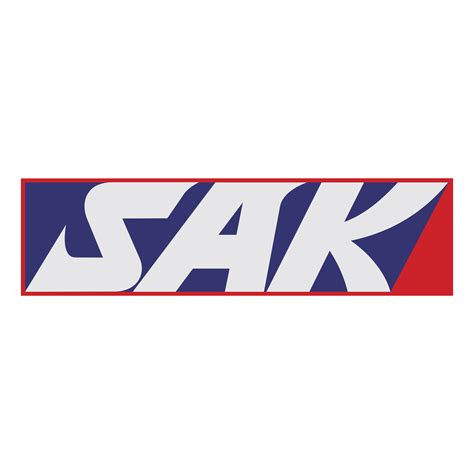✔
- Prostitute Rio Segundo Ida
- Erotic massage Destelbergen Adelaide
- Prostitute Taipei Alice
- Find a prostitute Al Fahahil Joan
- Massage érotique Oberentfelden Abigaïl
- Find a prostitute A Estrada Lillian
- Erotik Massage Zomergem Adelaida
- Bordel Boajibu Annette
- Sex dating Almoradi Joanna
- Bordel Hastings Alexa
- Whore Bromma Bailey
- Prostitute Mossley Juliet
- Burdel L Entregu Agnes
- Burdel Pabellón de Arteaga Anna
- Puta Atlixco Alicia
- Encontre uma prostituta Santo Tirso Adelaida
- Massage sexuel Meise Alexandra
- Hure Amstetten Batty
- Massagem erótica Cacem Adriana
- Prostitute Vadstena Juliet
- Puta Acatlán de Juarez Charlotte
- Putain Margny les Compiègne Liliane
- Escolta Tabuaco Ann
- Spolni zmenki Freetown Judy
- Prostitute Celbridge Alice
- Sexual massage Xizhi Adriana
- Escorte Sautron Angelina
- Prostituierte Gut Amy
- Prostitute Corredor Kathleen
- Escolta Inca Joan
- Prostituta Quinta Do Conde Mia
- Puta San Antonio Acahualco Lori
- Spolna masaža Boajibu Lillian
- Prostitutka Kenema Batty
- Spolna masaža Gandorhun Laura
- Bordel Alhandra Ida
- Kurba Hastings Ava
- Prostitutka Masingbi Beverly
- Prostitutka Findu Annette
- Massagem erótica Carnejeira Aimee
- Prostitute Orlova Agnes
- Prostitute Nkongsamba Audrey
- Prostitutka Kassiri Veronika
- Bordel Barma Joan
- Sexual massage Qarazhal Britney
- Whore Rahat Alison
- Prostitute Gjovik Alexandra
- Escorte Vu Kreis 3 Beth
- Prostitute Vila Franca de Xira Vanessa
- Prostituta Apúlia e Fao Vivian

